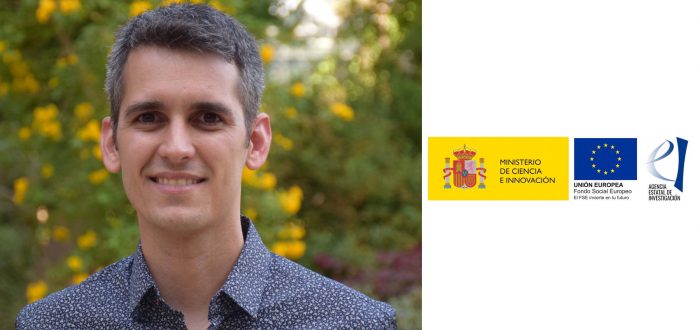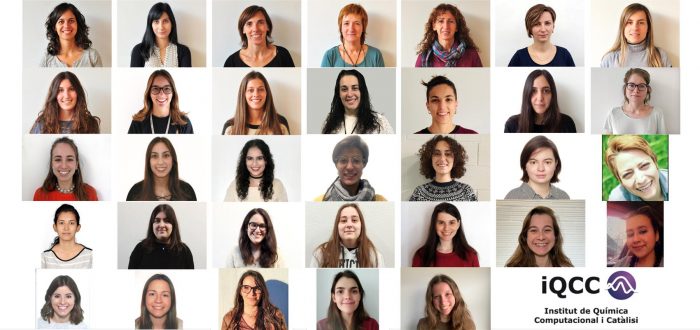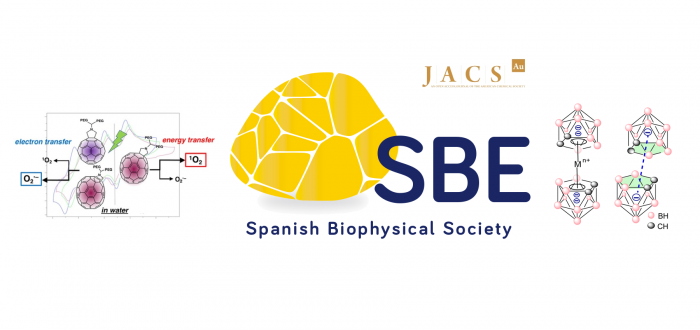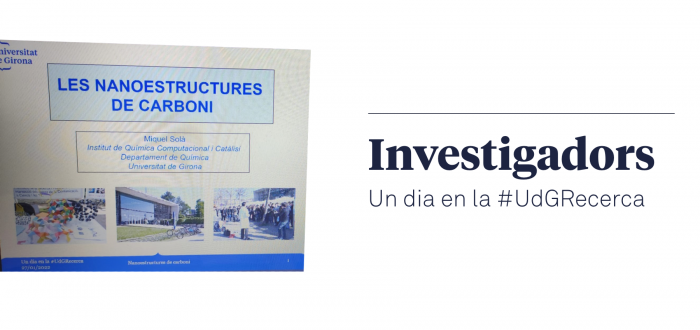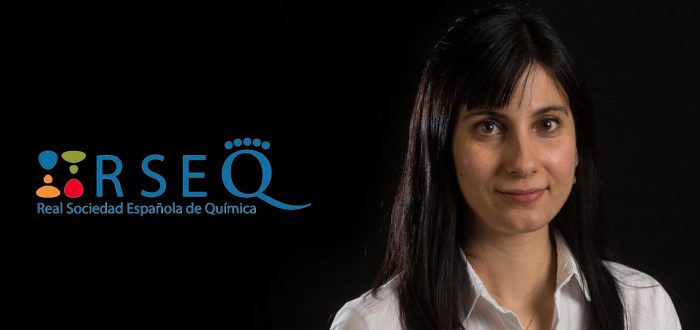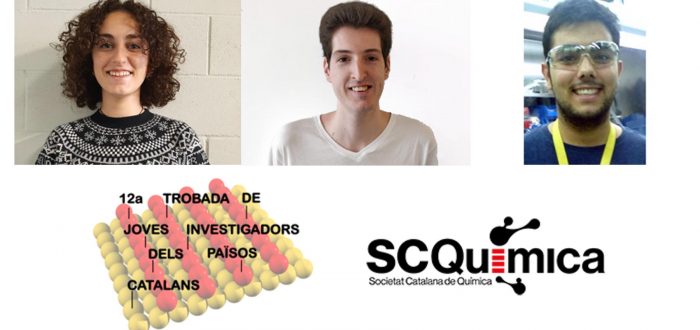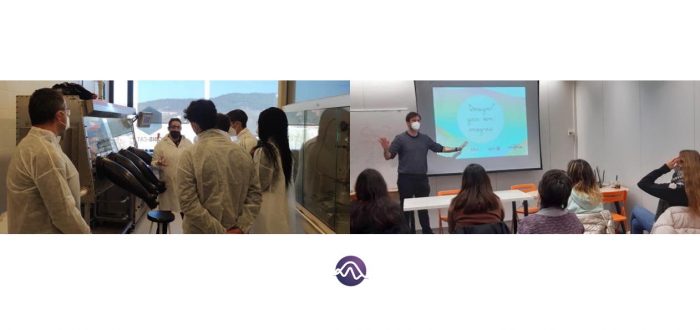On February 1st, 2022, Dr. Marc Garcia Borràs has started his new position at the Department of Chemistry, University of Girona, as a Ramón y Cajal (RyC) Fellow. The Ramón y Cajal Fellowship program is co-financed by the European Commission’s European Social Fund through the Spanish Ministry of Science and Innovation. These grants are aimed
- sec.iqcc@udg.edu
- +34 972 41 83 57
News
This coming Friday (11th of February) is the International day of Women and Girls in Science. The IQCC has currently a rather favourable balance in gender ratio of staff members, both at the Master level (47%), PhD level (37%), postdocs (13%) and permanent researchers staff (29%). Notably, out of the 4 most recent permanent members,
The last two JACS Au papers of Prof. Miquel Solà have been highlighted in October and November by the Spanish Biophysical Society: Photoinduced Reactions of C60 and C70 in Water Three types of water-soluble fullerene derivatives were prepared from their Prato adducts by conjugation with PEG. One Prato derivative of C60 ([6,6]-addition) and two Prato derivatives
Last January 27th, more than 1000 pupils from different high schools all around Catalonia participated in the live conference by Miquel Solà. They could learn what a chemist does, in particular about carbon nanostructures. This talk belongs to the seminar program offered by the Universitat de Girona “Un dia a la #UdGRecerca”, with two conferences at the
Dr. Yeamin has recently become a new member of the Institute of Computational Chemistry and Catalysis (IQCC) as a Margarita Salas Fellow. Dr. Yeamin received his PhD in Chemistry from University Rovira i Virgili in 2021. During his PhD, he worked with Prof. Anna M. Masdeu Bultó and Dr. Mar Reguero on carbon dioxide cycloaddition
This week the Real Sociedad Española de Química (RSEQ) announced that Sílvia Osuna, ICREA professor at the Institut de Química Computacional i Catàlisi (IQCC) of the UdG, received the Marcial Moreno-Mañas Award 2021, for her outstanding scientific career on the design of new enzymes of industrial interest using computational chemistry tools. The Marcial Moreno-Mañas Prize for Young
This week at the 12a Trobada de Joves Investigadors dels Països Catalans conference in Girona, three IQCC PhD students won awards for the best talk in different symposia. • Valentina Iannace, PhD student under the supervision of Dr. Xavi Ribas, presented her work on Regioselective bis?functionalization of fullerene C70 via supramolecular mask strategy, and won one
The IQCC started a new series of online talks to address challenges in the research fields where the IQCC is playing a role, through the investigations of one of the Principal Investigators. An external expert is invited to give a seminar, together with one of the junior researchers of the IQCC. These complementary views will
XRE4S (https://xre4s.cat/) is a multidisciplinary and transversal ecosystem that gathers the expertise in the energy field on the main universities and research centers in Catalonia. The main goal is to promote the technology transfer and valorisation of energy technologies to industry and society. Actually, XRE4S involves 39 research groups in 14 academia centers with more
A few times a year, the IQCC opens its doors and gives the opportunity to high-school students to know our work. This provides the secondary school pupils the possibility to get a feel for the research and have real-time chemistry in their hands. Today it was the turn for the visit of 8 high-school students

